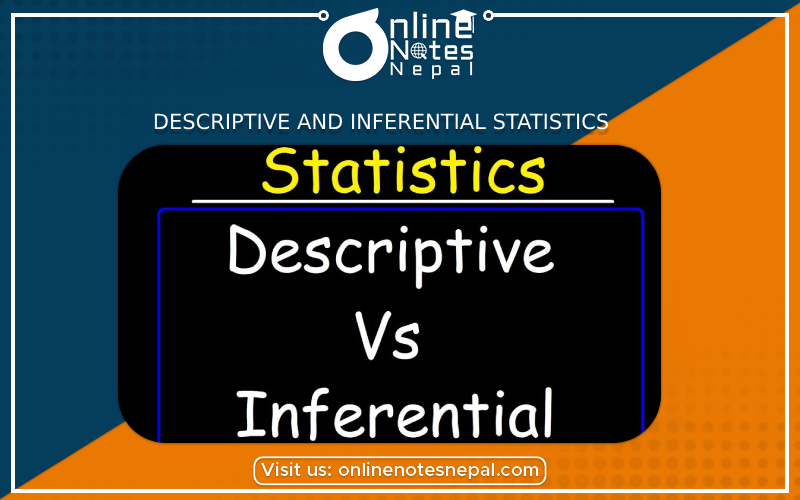Published by: Dikshya
Published date: 16 Jul 2023

Descriptive and inferential statistics are two main branches of statistical analysis that serve different purposes in summarizing and interpreting data.
Descriptive statistics involve methods for summarizing and describing the main features or characteristics of a dataset. It provides a way to organize, analyze, and present data in a meaningful and concise manner. Descriptive statistics aim to provide a clear and accurate summary of the data, allowing for better understanding and interpretation.
Common techniques used in descriptive statistics include:
Descriptive statistics are useful for providing a summary of data, identifying patterns, and gaining initial insights. They are commonly used in data exploration, data visualization, and descriptive research.
Inferential statistics involve methods and techniques used to make inferences or draw conclusions about a population based on sample data. It allows researchers to generalize findings from the sample to the larger population and make predictions or test hypotheses.
Inferential statistics techniques include:
Inferential statistics allow researchers to make more general claims and draw conclusions beyond the specific sample studied. They provide a framework for making probabilistic statements and testing hypotheses.
Both descriptive and inferential statistics play crucial roles in data analysis. Descriptive statistics summarize and describe the data, while inferential statistics help researchers make broader inferences and conclusions about populations based on sample data. Together, they provide a comprehensive approach to understanding and interpreting data.